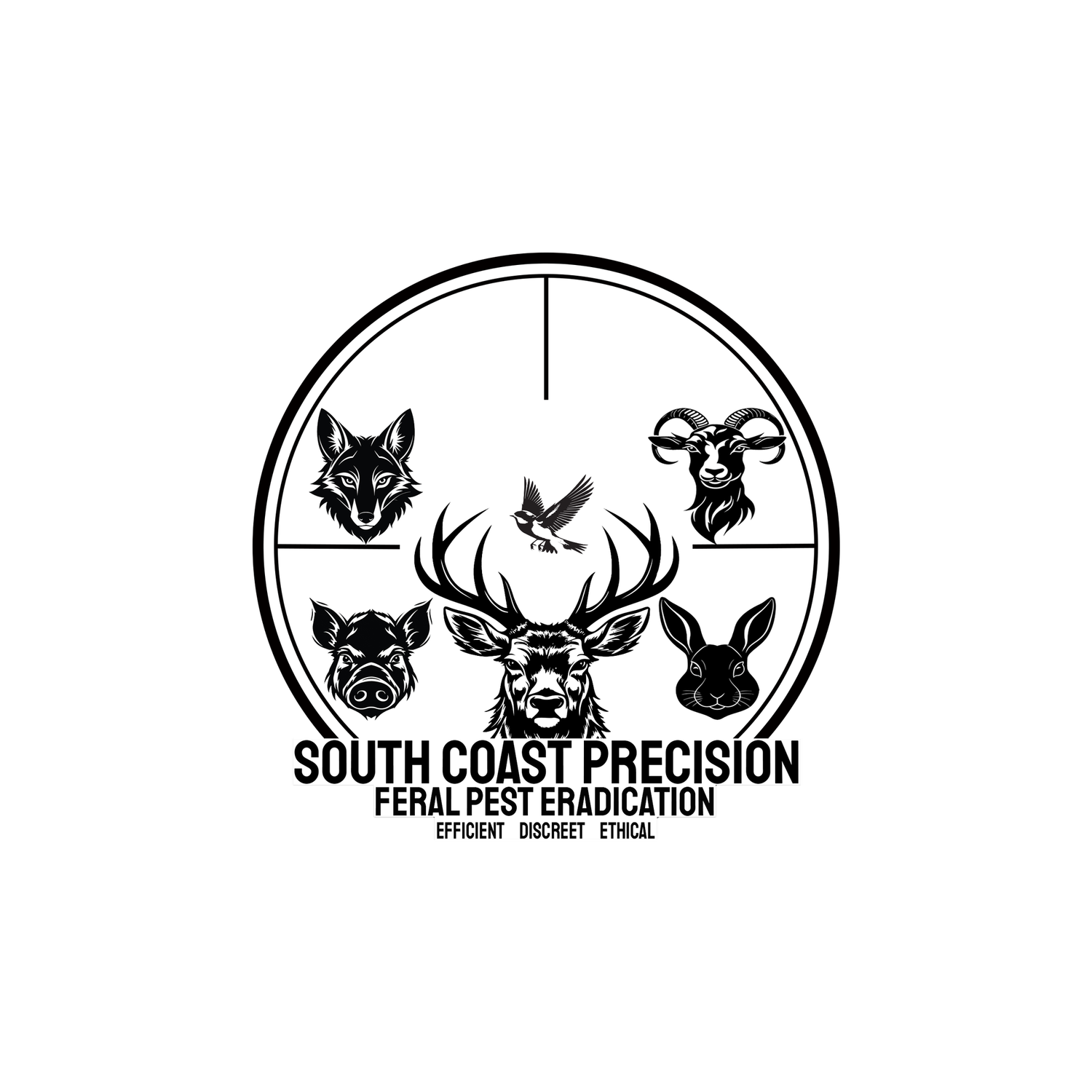
Feral Cats
Cats
Scientific Name: Felis Catus
Common Names: Feral Cat
History:
Domestic cats (Felis catus) were first domesticated around 9,000 years ago. This more than likely occurred in the areas of Eurasia and Africa where they are native to.
They entered Australia with first settlers in the 18th century, at that stage they were kept as domesticated house cats that people had as pets and were used to control rodents, particularly in areas where foods such as grain, breads, fruit and vegetables were stored.
Back then surgical intervention such as desexing wasn’t really a thing so given time cats bred, numbers grew and over time some escaped their homes.
That’s where they found the Australian bush to be a suitable home with plenty to hunt and feed on. They thrived in this environment given they had virtually no coemption in terms of other predators.
Ecology:
These feral cats have learnt to adapt to the Australian landscape where they have reproduced successfully and become a very formidable predator and the statistics show it.
These excellent hunters will feed on just about anything, so long as its small enough for them to bring down, meaning a majority of the native wildlife is on the menu.
According to the Department of Climate Change, Energy, the Environment and Water feral cats predate and consume on over 1.5 billion native birds, mammals, reptiles and amphibians each year. This has also been noted as being one of the key contributions to more than 20 Australian mammal and bird species becoming extinct, some of these bird species were restricted to islands.
Some of these include:
Lesser Bilby
Pig-footed Bandicoots
Broad-faced Potoroo
Rusty Numbat
Paradise Parrot
Macquarie Island Parrakeet
Macquarie Island Buff-banded rail
Feral cats breed the exact same way as their domesticated kind and will do so from around 10 months of age. Breeding cycles are also much the same, slowing down in winter but are known to go for longer periods when the seasons are warmer. Particularly spring and summer.
Kittens are born after a 63–65-day gestation period and can have anywhere between 4-6 kittens who are all independent by 5-6 months of age. Females can have multiple litters a year if conditions are favourable.
Most adults weigh in the vicinity of 3-4kg; however, it isn’t uncommon to find them larger. There have been reports of some reaching 6-7kg mark. They also come in a range of colours, much the same as those kept as pets. Although their behaviour isn’t so cuddly and most are very aggressive/territorial.
Due to their ability to breed rapidly cats have very quickly become widespread across Australia. So much so that the Invasive Species Council have found that feral cats cover around 99% of Australia’s land mass.
They will live in just about any environment as long as they can find shelter, food and water. This includes dessert, bush and forest.
Professor Christopher Dickman from the University of Sydney has also mentioned in a series on the feral cat within Australia (click here to watch) that during heavy rain periods it has been studied and established that in some areas feral cat numbers increase with the rains, this would be due to the concentration of potential prey.
Impacts:
Feral cats can have numerous effects on the environment, such as predation of endangered species, ecosystem disruption, agricultural damage.
Feral cats significantly threaten endangered species, especially in isolated environments like islands. In places like Australia and New Zealand, they are responsible for the decline and extinction of several native species as we have mentioned above due to their keen sense of hunting.
Adapted to a predator-free environment, these birds, mammals, amphibians and other natives have no defence mechanisms against cats, leading to population declines.
On an agricultural front they are known to effect those who raise poultry more so then those with sheep or cattle due to their much larger size and difficulty to bring down as prey.
Feral cats also cause a significant strain from an economic perspective where the cost to manage them and the research involved especially to find new methods has been estimated to be around $2 million per year.
These small but impactful predators are known to transmit a range of diseases and parasites that can affect both wildlife, domestic animals and in some instances humans. The diseases and parasites include:
Toxoplasmosis
Feline Leukaemia Virus (FeLV)
Feline Immunodeficiency Virus (FIV): Similar to HIV in humans
Ringworm
Cat scratch disease
Hookworm
Roundworm
Control Methods:
Approximately 1/3 of all Australian Local government councils require domestically owned pet cats to be kept contained or prohibited from designated suburbs to help stop the spread of feral cats, working to control was initially the cause of the problem at its roots.
Outside of the above ground shooting is a very popular way to control feral cats, with most work being conducted at night where feral cats use the cover of darkness, paired with their amazing night vison and stealth to prey upon unsuspecting prey.
The government has also introduced a trap called the “Felixer” grooming trap. This works on foxes as well.
The trap uses AI to distinguish its preferred prey in order to not target native species. Now the cat is the hunted and not the hunter. Once it detects a cat the trap will spray a measured dose of a toxic gel. The cat will then by nature groom themselves consuming the gel.
Another way that the spread of the feral cat has been slowed is the use of exclusion fences so that way cats can’t enter areas. This allows the native wildlife to then repopulate or in some instances have species that have been raised and bred in captivity to be released.
Listen below to hear the sound of a feral cat.





